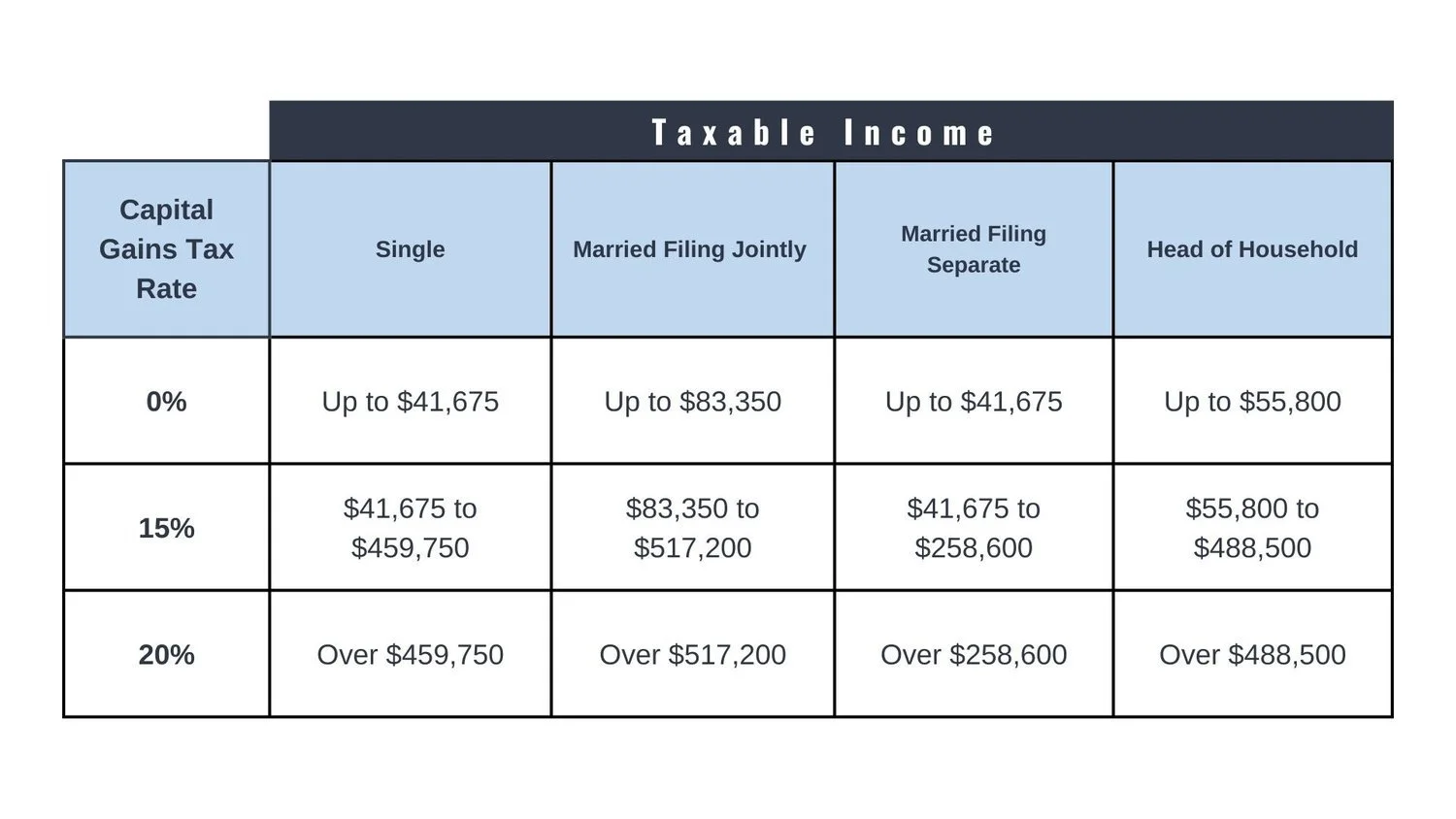How to Pay Zero Dollars in Taxes and Spend $150,000 In Retirement
When it comes to tax planning for retirement it’s all about account types. Proper planning before retirement can set you up to pay $0 in taxes all by using the correct accounts as you save. This strategy was mentioned to me first by my colleague, Armahn, and I decided to dig a little deeper and write something over it. First, let’s talk about the different buckets of money and how each are taxed.
First, we’ll talk about tax deferred money. This is your 401(k)’s, Traditional IRA’s, SEP IRA’s. Basically, any account that you get to put money into today that you can also deduct from your income in the same year. These are awesome for high earners that want to reduce the amount of taxes they pay in a given year. This strategy is great for someone who is in a high tax bracket now but expects to be in a lower tax bracket in the future.
Second, we have our Roth accounts, Roth 401(k)’s and Roth IRA’s. These accounts allow you to put money that you’ve already paid taxes on into this account and then never have to pay taxes on them ever again. This strategy is great for someone who isn’t in a high tax bracket currently and wants to take advantage of those low percentages of tax.
The downfall to these accounts is you are restricted on when you can take the money out of the account, generally you have to wait until age 59.5 to access this money without penalties & fees. However, it provides good guardrails so people don’t blow their retirement money and have nothing left to retire on in the future.
The third type of account is non-qualified accounts, these accounts offer extremely few tax benefits compared to the other two. With no deductibility when you put money into the account as well as any gains on assets held in this account are taxed at capital gains tax rates. Either short term(held < 1 year) or long term(held > than 1 year). Short-term gains are unfavorable as they are simply taxed at your normal income tax rates. Long-term capital gains tax rates look like this for 2022.
As you can see, if your taxable income is less than $83,350 as a married couple you will be taxed 0% on the capital appreciation of your assets. It doesn’t matter what tax bracket you were at when you bought the stock either, even if you’ve had a massive gain in a stock you’ve held for over 20 years you won’t pay anything in taxes if your taxable income isn’t over $83,350 in the current year.
So, how does the strategy ultimately work in practice? Well, it starts by investing in a way that allows you to choose from each account type at retirement. Meaning you must be invested in all three account types, tax-deferred, tax-free, and taxable. This requires a lot of forethought and planning because you must take into account your entire tax situation now so you can plan for retirement later. This is why working with a financial advisor early, before you’re ready to retire is so crucial. After you have worked with a planner for years, have saved in the right accounts, and are now ready to live off of $150,000 per year and pay $0 in income tax, here’s how you do it.
You take $25,900 out of your Traditional IRA. This is the amount of the standard deduction that the government does not count as taxable income. Then you can take up to $83,350 from your non-qualified account in dividends and interest. Then withdraw the additional $40,750 with tax-free money from your Roth IRA. Allowing you to take advantage of all three account types and get the biggest benefit out of all three.
In conclusion, there are tons of strategies to use when talking about withdrawing from your nest egg in retirement. There are also much bigger things to think about than just taxes when it comes to your goals and wishes in retirement. The quote “don’t let the tax tail wag the dog” is a great one. We don’t want to make decisions solely on the tax consequences, but it’s important to work with someone who understands those implications. There is never a one size fits all option that is going to work for every person out there. This is just illustrating what could be possible through comprehensive financial planning.
If you would like help charting your financial path, schedule a meeting with me below. I’d love to help you discover all types of opportunities within your own financial life.
Will

